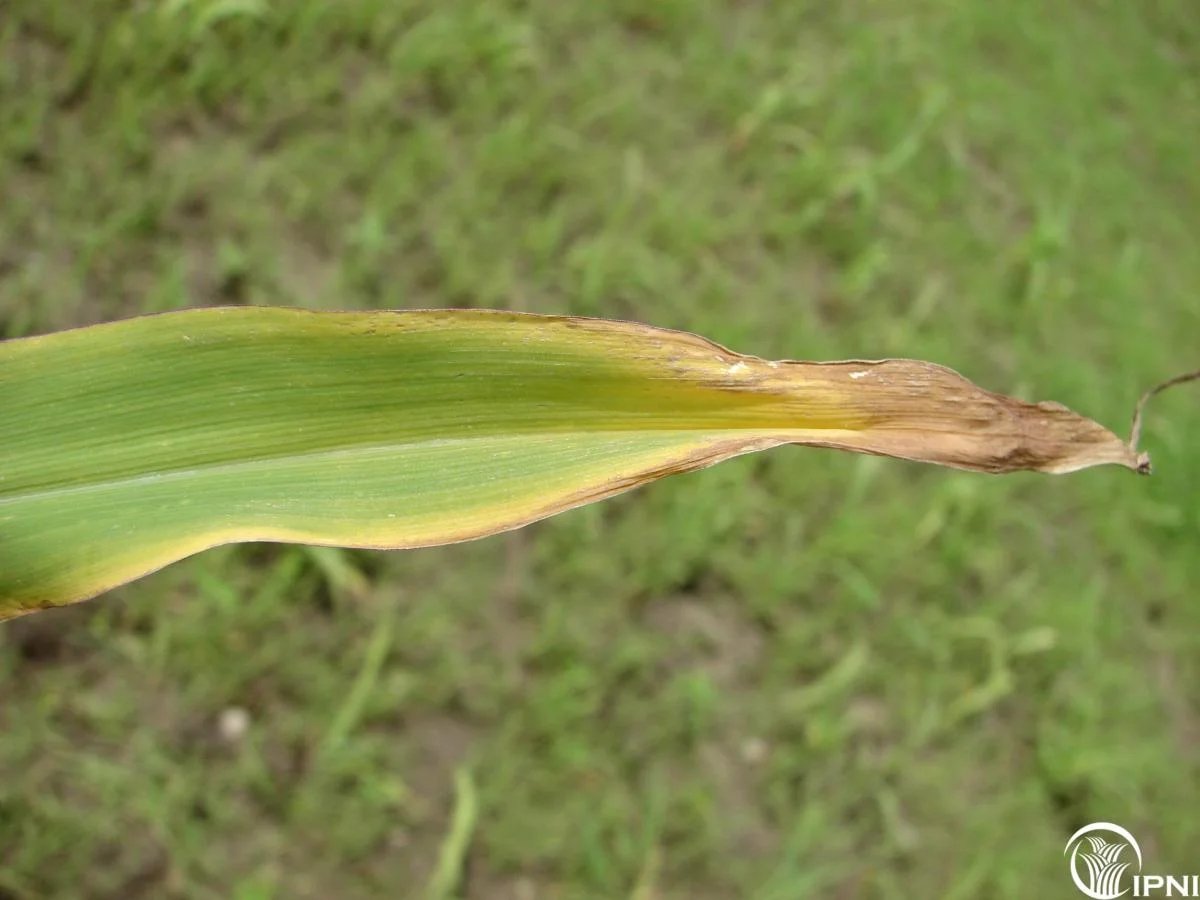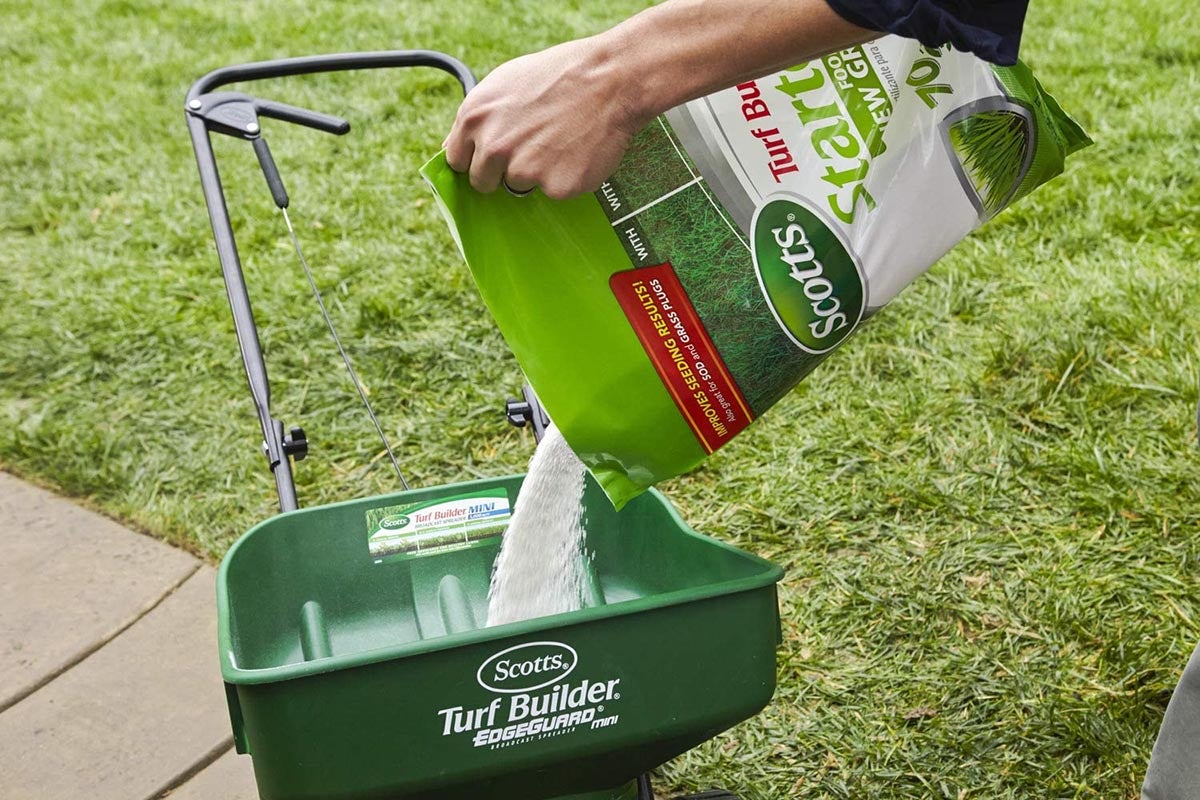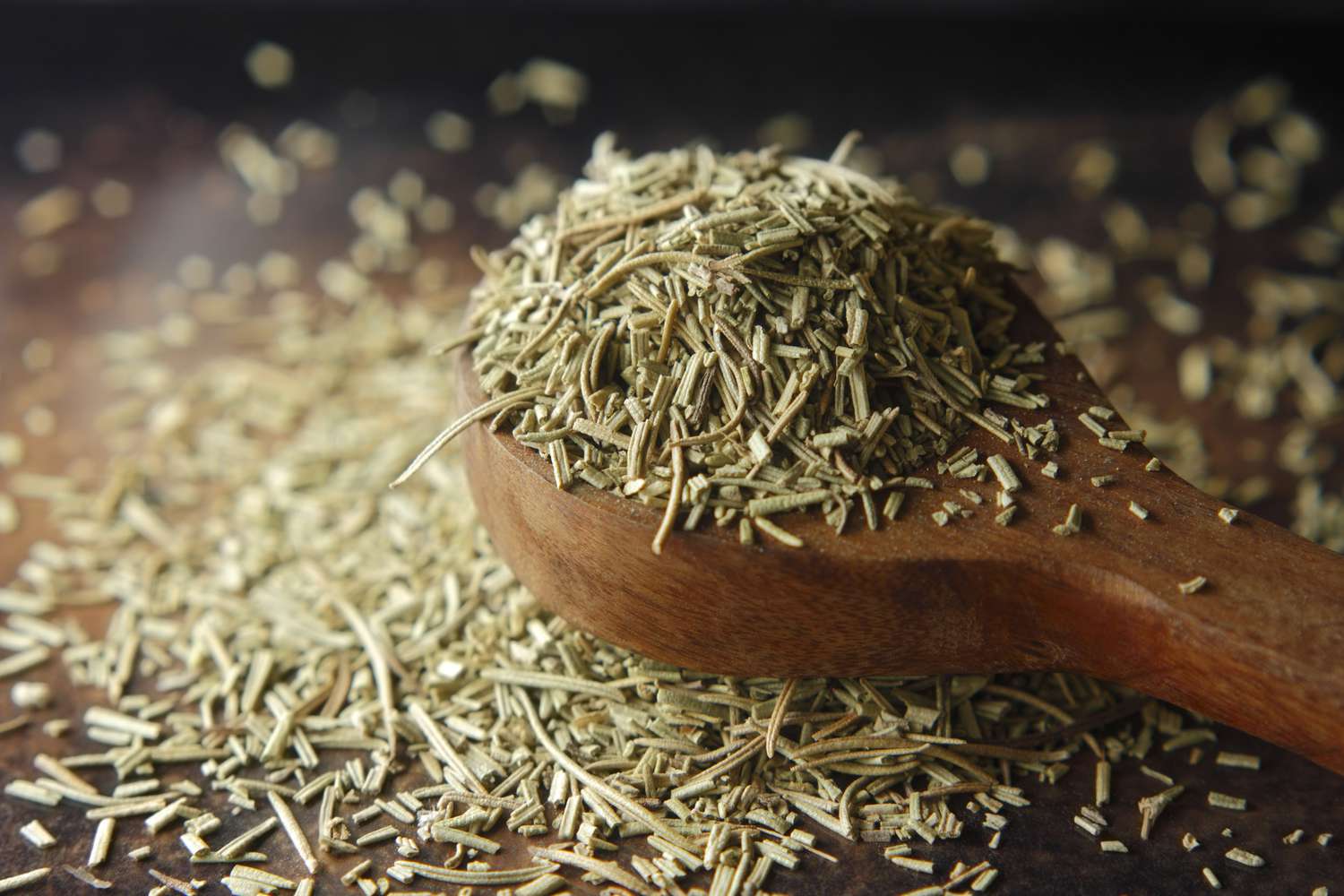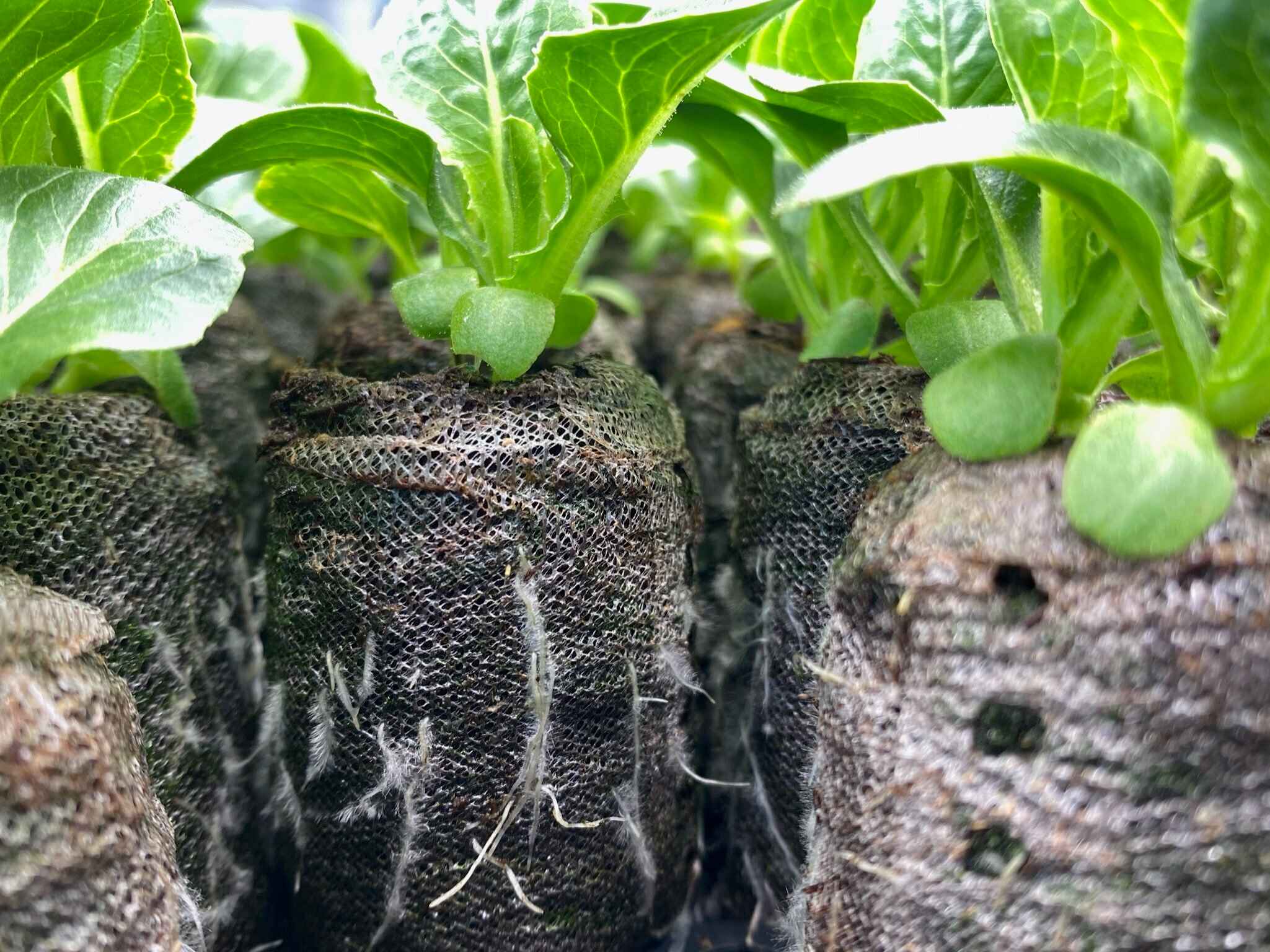Home>Gardening Basics>Understanding Soil>What Are Soil Used For


Understanding Soil
What Are Soil Used For
Modified: February 10, 2024
Understanding soil and its uses is crucial for maintaining healthy gardens and promoting sustainable agriculture. Learn more about the benefits and functions of soil.
(Many of the links in this article redirect to a specific reviewed product. Your purchase of these products through affiliate links helps to generate commission for Chicagolandgardening.com, at no extra cost. Learn more)
Table of Contents
Introduction
Soil is a remarkable natural resource that plays a vital role in our everyday lives. It is more than just dirt; it is a complex mixture of minerals, organic matter, water, and air that provides the foundation for life on Earth. The significance of soil extends beyond its role in supporting plant growth; it serves a multitude of functions that are essential for various sectors, including agriculture, construction, and the environment.
For centuries, humans have relied on soil for sustenance and prosperity. It is the primary medium for cultivating crops and raising livestock, making it indispensable for agriculture. Moreover, soil is crucial for residential and landscaping purposes, providing the base for gardens, lawns, and ornamental plantings. Its unique physical and chemical properties also make it valuable in construction and engineering, as it provides stability for foundations and acts as a natural filter for water and pollutants.
Not only is soil vital for human activities, but it also plays a critical role in maintaining the health of our ecosystems. Soil acts as a reservoir for water, regulates the climate by storing and releasing greenhouse gases, and supports the growth of plants, which serve as habitats for countless organisms. Additionally, soil is utilized in various industrial applications, such as the production of ceramics, glass, and pharmaceuticals.
Furthermore, soil provides opportunities for recreational activities like gardening, hiking, and sports. Its unique texture and composition make it ideal for landscaping projects, creating visually appealing outdoor spaces.
This article aims to explore the diverse uses of soil in detail, highlighting its contributions to agriculture, construction, the environment, industry, and recreation. Through a comprehensive understanding of the multifaceted nature of soil, we can appreciate its importance and implement sustainable practices to preserve and enhance its quality for future generations.
Agricultural Uses of Soil
Soil is the cornerstone of agriculture, providing the necessary nutrients, water, and physical support for plant growth. It serves as a medium for root development and offers a habitat for beneficial microorganisms that aid in nutrient cycling and disease suppression.
The primary use of soil in agriculture is for crop production. Farmers rely on soil to provide the necessary nutrients for plants to grow and thrive. These essential nutrients include nitrogen, phosphorus, potassium, and micronutrients like iron and zinc. By properly managing the soil and its fertility, farmers can optimize crop yields and ensure sustainable agricultural practices.
Another agricultural use of soil is in livestock production. Soil provides pastureland for grazing animals and supports the growth of forage crops used as animal feed. Both grazing and forage production contribute to the overall agricultural industry, supplying meat, dairy products, and fibers such as wool.
Soil also plays a crucial role in water management in agriculture. It acts as a reservoir, storing and releasing water to plants as needed. The soil’s ability to retain water influences irrigation practices, as well as the efficiency of water use in dryland farming. Additionally, soil acts as a natural filter, removing contaminants and pollutants from water before it reaches groundwater sources.
Soil health is of utmost importance in agriculture. Farmers employ various practices to maintain and improve soil quality, such as crop rotation, cover cropping, and the use of organic amendments. These practices help preserve soil structure, prevent erosion, enhance water infiltration, and promote biological activity.
Innovative agricultural techniques, such as precision farming and soil mapping, are also heavily dependent on soil knowledge and analysis. By understanding the characteristics of different soil types within a field, farmers can make informed decisions regarding fertilization, irrigation, and seed selection, leading to more efficient and sustainable farming practices.
Overall, the agricultural uses of soil are extensive and essential for food production and livestock rearing. Through proper soil management and conservation practices, farmers can optimize productivity, protect the environment, and ensure the long-term sustainability of the agricultural sector.
Residential and Landscaping Uses of Soil
Soil serves as the foundation for creating beautiful and functional outdoor spaces in residential and landscaping settings. Its unique characteristics make it an essential component for various purposes, ranging from gardening and lawn care to the establishment of ornamental plantings.
One of the primary uses of soil in residential settings is for gardening. Whether it’s a small vegetable garden or a flower bed, soil provides the necessary nutrients and support for plant growth. Homeowners can cultivate a wide variety of plants, from fruits and vegetables to decorative flowers and shrubs, to enhance the beauty and functionality of their outdoor spaces. Soil acts as a medium for root development, allowing plants to absorb water and essential nutrients for healthy growth.
In landscaping, soil is used for establishing lawns. By preparing the soil and selecting appropriate grass varieties, homeowners can create lush and green lawns that enhance the aesthetic appeal of their properties. Additionally, soil is used for planting trees, shrubs, and other landscaping features, providing stability and support for their growth.
Soil plays a crucial role in water management in residential and landscaping settings. It helps absorb and retain water, reducing surface runoff and soil erosion. Properly managed soil can improve water infiltration rates, reduce water wastage, and contribute to the overall sustainability of outdoor spaces.
Soil texture and composition also influence the drainage characteristics of residential and landscaping areas. Different soil types have varying water-holding capacities, which is important for preventing waterlogging and root rot in plants. By understanding the soil properties, homeowners and landscapers can make informed decisions regarding irrigation and drainage systems.
Furthermore, soil acts as a medium for soil amendments and fertilizers in residential and landscaping practices. By adding organic matter, compost, and other nutrients to the soil, homeowners and landscapers can improve soil fertility and enhance plant growth. This helps maintain the health and vigor of plants, ensuring vibrant and thriving outdoor spaces.
In summary, soil is a vital component in residential and landscaping applications. From gardening and lawn care to establishing ornamental plantings, soil provides the necessary nutrients, support, and water management capabilities for successful outdoor projects. By understanding soil properties and implementing appropriate soil management practices, homeowners and landscapers can create aesthetically pleasing and sustainable environments.
Construction and Engineering Uses of Soil
Soil plays a significant role in the field of construction and engineering, serving as a crucial material for various applications. Its unique physical properties and ability to bear loads make it indispensable in the construction of foundations, roads, and other infrastructure projects.
One of the primary uses of soil in construction is as fill material. Fill soil is utilized to create a stable and level base for construction projects, such as building foundations and roadways. By compacting the soil, engineers can ensure that it can bear the weight of structures and provide a solid support system.
Soil is also used for slope stabilization. When constructing roads or building on hilly terrains, engineers often need to reinforce or stabilize slopes to prevent landslides or erosion. Soil engineering techniques, such as soil nailing, slope terracing, and retaining walls, are employed to enhance slope stability and create safe and durable structures.
Furthermore, soil is used for geotechnical investigations and site assessments. Engineers analyze the soil properties, including its composition, density, and moisture content, to determine its suitability for construction purposes. This data helps in designing appropriate foundation systems and ensuring the overall stability and safety of structures.
Soil acts as a natural filter and drainage medium in engineering applications. It is used for constructing drainage systems, such as French drains, to redirect water away from structures and prevent water damage. Soil also participates in groundwater management, helping to control the water table and prevent waterlogging in construction sites.
In road construction, soil is used as a base or subbase material. This helps distribute the weight of vehicles and provides stability to the road surface. Engineers carefully select and compact the soil to meet the required specifications and ensure the longevity of the road infrastructure.
Moreover, soil is used in the construction of earthen embankments and dams. By carefully analyzing soil properties, engineers can determine the stability and seepage characteristics of the soil and design effective structures to store water and prevent flooding.
Overall, the uses of soil in construction and engineering applications are diverse and essential. From providing stable foundations to supporting roadways and controlling water, soil plays a crucial role in creating safe and durable infrastructure. By understanding the properties of soil and utilizing appropriate soil engineering techniques, engineers can ensure the successful completion of construction projects.
Environmental and Ecological Uses of Soil
Soil is not only important for human activities but also plays a critical role in maintaining the health of our environment and ecosystems. It functions as a key component in various environmental processes and supports the growth of plants, which, in turn, provide habitats for numerous organisms.
One of the crucial environmental uses of soil is its role in water filtration and purification. As water moves through the soil, it is filtered, removing impurities and contaminants. Soil acts as a natural buffer, preventing pollutants from reaching groundwater sources and protecting the quality of our drinking water. This filtration process is particularly vital in preserving the health and integrity of aquatic ecosystems.
Soil also plays a significant role in the carbon cycle and climate regulation. It serves as a carbon sink, storing large amounts of organic carbon from decomposed plant and animal material. This helps mitigate the concentration of greenhouse gases in the atmosphere and reduce the impacts of climate change. Additionally, soil acts as a mediator of temperature and moisture, regulating the microclimate and providing a stable environment for organisms.
Soil serves as a habitat and nutrient source for a myriad of organisms. From microscopic bacteria and fungi to insects, worms, and small animals, soil provides a home and sustenance for a diverse range of species. These organisms contribute to soil fertility, nutrient cycling, and ecosystem health through their activities, such as decomposition, nutrient mineralization, and biological interactions.
Moreover, soil erosion prevention is a critical ecological use of soil. By maintaining soil cover through the presence of vegetation or other protective measures, soil erosion can be minimized. This is crucial in preventing the loss of fertile topsoil and maintaining soil health for future generations.
Soil plays a vital role in the restoration and conservation of ecosystems. By appropriately managing soil conditions and employing soil restoration techniques, degraded ecosystems can be rehabilitated, allowing for the reestablishment of native plant species and the recovery of biodiversity. Soil also contributes to habitat creation and restoration efforts that aim to protect endangered species and preserve ecological balance.
In summary, the environmental and ecological uses of soil are diverse and critical for the health and resilience of our ecosystems. From water filtration and carbon sequestration to providing habitats and supporting biodiversity, soil plays an integral role in maintaining the balance and functioning of our natural environment. Recognizing the importance of soil in these processes is essential for implementing sustainable practices and safeguarding the health of our planet.
Industrial Uses of Soil
Soil serves various industrial purposes, contributing to a wide range of sectors and applications. Its unique properties and composition make it a valuable resource in industries such as manufacturing, construction, and the production of essential goods.
One of the primary industrial uses of soil is in the manufacturing of ceramics and bricks. Soil rich in clay content is used as a raw material in making these products. Clay minerals provide plasticity and cohesion necessary for shaping and firing processes, resulting in durable and heat-resistant materials used in construction and other industries.
Soil is also used in the production of glass. Silica-rich soil, such as sand, is an essential component in glass manufacturing. By melting and cooling sand at high temperatures, manufacturers can produce various types of glass products, ranging from bottles and windows to optical fibers and smartphone screens.
Another industrial application of soil is in the production of pharmaceuticals and natural medicines. Many medicinal plants require specific soil conditions and nutrients to grow successfully. The composition of soil can affect the concentration and potency of active compounds found in these plants, making soil quality crucial for the pharmaceutical industry.
Soil is utilized in the construction industry for the manufacturing of concrete. The presence of sand and gravel in soil provides the necessary aggregates for producing concrete, which is widely used in the construction of buildings, roads, bridges, and other infrastructure projects. Additionally, soil is instrumental in the production of asphalt, a key component in road construction.
In the production of fertilizers and soil amendments, soil plays a significant role as well. Through the extraction and processing of minerals and organic matter from soil, manufacturers can create products that improve soil fertility, enhance plant growth, and increase agricultural productivity. These products are crucial in modern agriculture, allowing farmers to optimize yields and sustainably manage soil nutrient levels.
Soil also provides resources for the production of metals and minerals. Soil deposits containing valuable metals such as iron, aluminum, and copper can be mined and processed to meet industrial demands. These metals are used in the production of various consumer goods, machinery, and infrastructure.
Furthermore, the extraction and purification of soil-based materials contribute to the production of chemicals, pigments, and dyes. Soil minerals and organic matter can be processed into compounds used in the manufacturing of paints, inks, cosmetics, and other industrial products.
In summary, the industrial uses of soil are diverse and play a vital role in various sectors. From ceramics and glass manufacturing to pharmaceuticals and construction, soil provides valuable resources and materials. Recognizing the significance of soil in industry and implementing sustainable practices for its extraction and utilization is essential for responsible industrial development.
Recreational Uses of Soil
Soil is not just a functional medium; it also offers numerous opportunities for recreational activities. Its unique texture, composition, and properties make it an essential element in various outdoor pursuits, providing enjoyment and relaxation for individuals of all ages.
Gardening is one of the most popular recreational uses of soil. Whether it’s a small backyard garden or a community plot, gardening allows individuals to connect with nature, cultivate plants, and enjoy the fruits of their labor. Soil provides the necessary medium for plant growth, allowing gardeners to grow vegetables, herbs, flowers, and ornamental plants, creating beautiful and productive outdoor spaces.
Soil is also utilized in recreational activities such as landscaping. Homeowners and landscapers use soil to shape the terrain, create slopes, and establish lawns and ornamental plantings. The ability to manipulate and work with soil enables the creation of visually appealing outdoor spaces, providing tranquil environments for relaxation and socializing.
Hiking and nature trails are another recreational use of soil. Trails are often laid out over natural terrain, making use of soil paths. The unique texture and composition of soil provide a comfortable surface to walk on, allowing hikers to explore and appreciate the beauty of natural landscapes.
Soil is important in outdoor sports and recreational fields. Turfgrass sports fields, golf courses, and parks rely on soil for their establishment and maintenance. The characteristics of soil, such as its ability to retain moisture and provide adequate drainage, contribute to the playability and durability of these recreational areas.
Children’s playgrounds also make use of soil for safety and playability. Softened soil and sand are commonly used to provide cushioning and shock absorption, reducing the risk of injury from falls and providing a fun and interactive surface for children to play on.
Soil features prominently in camping and outdoor cooking. Campers often create fire pits and cooking areas using soil as a base for safety and stability. Soil acts as a natural insulator, helping to contain the heat and protect the surrounding environment from damage.
Lastly, soil plays a role in educational and therapeutic activities. Schools and educational institutions use soil in hands-on learning experiences, teaching students about plant growth, soil ecosystems, and sustainable practices. Gardening and working with soil can also have therapeutic benefits, providing stress relief, emotional well-being, and a sense of connection to nature.
Overall, soil offers numerous recreational opportunities that enhance our connection with nature and provide outlets for leisure and enjoyment. Whether it’s gardening, hiking, sports, or other outdoor activities, soil plays a vital role in creating the spaces and surfaces that enable us to partake in these recreational pursuits.
Conclusion
Soil, with its diverse uses and functions, is a remarkable natural resource that supports a wide range of human activities and plays a vital role in maintaining the health of our environment. It is much more than just dirt; it is an intricate mixture of minerals, organic matter, water, and air that serves as the foundation for life on Earth.
Agriculturally, soil provides the essential nutrients and support for crop production and livestock rearing, contributing to food security and the agricultural industry’s sustainability. In residential and landscaping settings, soil is instrumental in gardening, lawn care, and creating beautiful outdoor spaces. Its role in construction and engineering cannot be underestimated, as it provides stability, foundation, and water management capabilities for structures and infrastructure projects.
Furthermore, soil plays a crucial role in environmental processes, acting as a filter for water, a carbon sink, and a habitat for countless organisms. It contributes to the health and resilience of ecosystems, supports water purification, and regulates climate. The industrial uses of soil are diverse, ranging from manufacturing ceramics, glass, and pharmaceuticals to production of metals, minerals, and chemicals.
Soil also offers recreational opportunities, such as gardening, landscaping, hiking, and sports. It provides a medium for outdoor activities, connecting individuals with nature and providing spaces for relaxation and enjoyment. Additionally, soil is utilized in educational and therapeutic activities, fostering hands-on learning experiences and promoting physical and emotional well-being.
Understanding the multifaceted uses of soil is crucial for implementing sustainable practices and preserving its quality for future generations. By managing soil fertility, preventing erosion, and promoting responsible soil extraction, we can ensure the continued availability of this vital resource. Incorporating soil knowledge into various sectors will lead to more efficient and sustainable practices, benefiting agriculture, construction, the environment, industry, and recreation.
In conclusion, soil is an invaluable resource that supports life, provides opportunities for growth and development, and contributes to the well-being of our planet. By recognizing its importance and implementing sustainable soil management practices, we can ensure a brighter and more sustainable future for generations to come.









